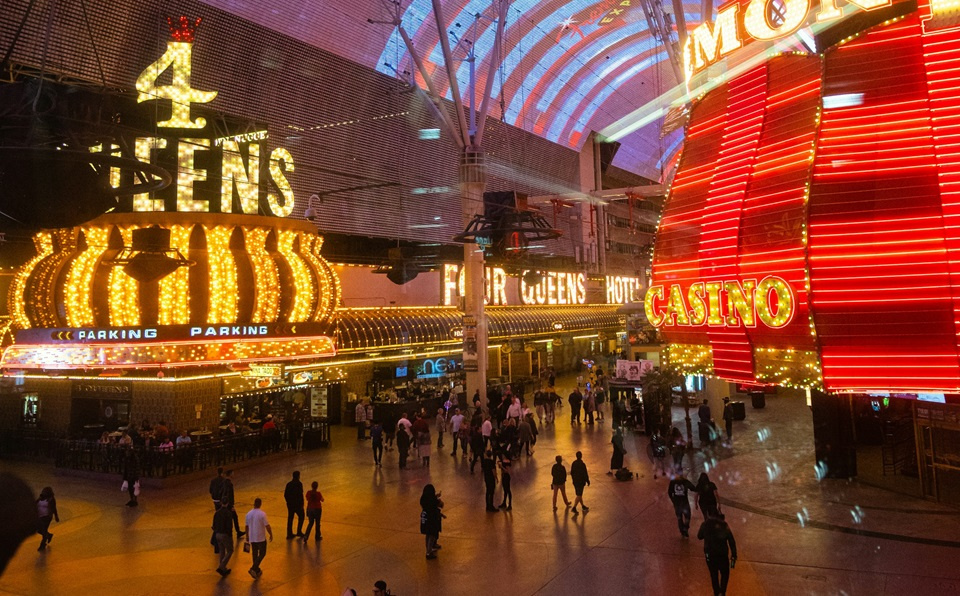
Las Vegas Tourism Drops 11.3% in 2025
The year 2025 saw a significant downturn in Las Vegas tourism, with visitor numbers declining by 11.3% compared to the previous year. This unexpected drop impacted both the hospitality and entertainment industries that rely heavily on visitor footfall.
In this in‑depth report, we explore the key drivers behind this decline, how stakeholders are reacting, and what the future may hold for the city’s tourism recovery.
1. Contributing Factors to the Tourism Decline
Several factors combined to create downward pressure on visitor numbers in Las Vegas during 2025:
- Economic Headwinds: Rising interest rates and inflation reduced discretionary spending, leading fewer visitors to travel and spend on leisure.
- Flight Pricing & Competition: Higher airfare costs made Las Vegas less affordable compared to competing destinations in the U.S. and abroad.
- New Entertainment Markets: Emerging leisure hubs in cities like Austin and Nashville offered attractive alternatives, drawing away potential visitors.
- Regulatory Impacts: New regulations on short‑term rentals and reports of safety incidents deterred some travelers.
2. Impact on Las Vegas Businesses
The decline in tourism had ripple effects across multiple sectors:
- Hotels & Casinos: Occupancy rates fell by up to 6% mid‑week, impacting room rates and casino spend.
- Shows & Events: Lower ticket sales for major residencies and conventions led to some programming being temporarily scaled back.
- F&B & Retail: Dining venues and retail outlets saw reduced foot traffic, especially on the Strip and downtown.
- Local Attractions: Museums, tours, and daytime experiences reported fewer visitors compared to previous years.
3. Stakeholder Responses and Recovery Strategies
In response to the downturn, Las Vegas stakeholders have proposed several measures:
- Promotional Campaigns: Targeted marketing toward drive‑markets in California and Arizona, including discounted packages and midweek incentives.
- Event Revamps: New festival launches and event collaborations aimed at expanding off‑strip audiences.
- Rate Adjustments: Hotel operators introduced tiered pricing and bundled experiences to attract value‑seeking visitors.
- Policy Advocacy: Industry groups engaged local authorities to review short‑term rental regulations that impacted lodging supply.
4. What’s Ahead for 2026 and Beyond?
While the 2025 figures painted a bleak short‑term picture, analysts expect a gradual rebound:
- Projected Tourism Growth: Forecasts suggest a modest 4 – 6% rebound in visitor numbers, barring major economic disruptions.
- Strategic Diversification: Expansion into year‑round entertainment offerings and wellness tourism to attract broader demographics.
- Infrastructure Enhancements: Transportation improvements and resort upgrades aim to make Las Vegas more appealing to international travelers.
Conclusion: A Resilient City in Transition
Although Las Vegas tourism declined by 11.3% in 2025, the city’s long history of adapting to shifting visitor trends and demands positions it for eventual recovery. Strategic investments from hotels, event planners, and city leaders aim to reclaim lost momentum in the years ahead. With the right approach, Las Vegas remains well‑placed to bounce back stronger in 2026.









